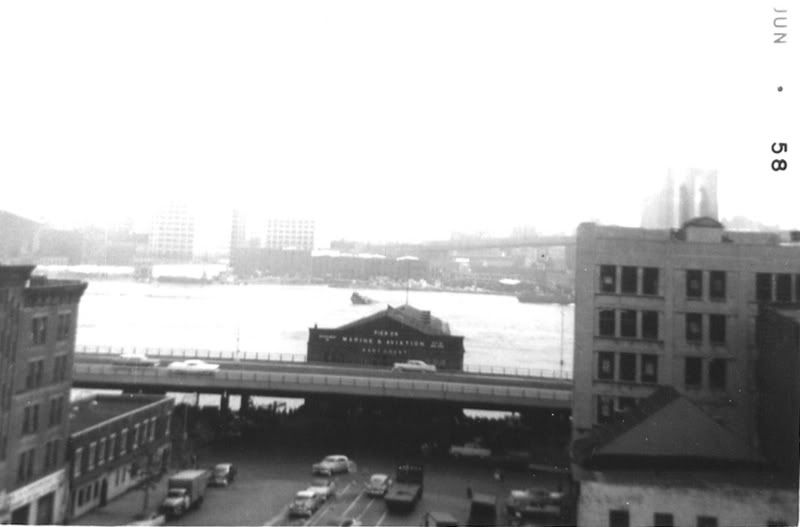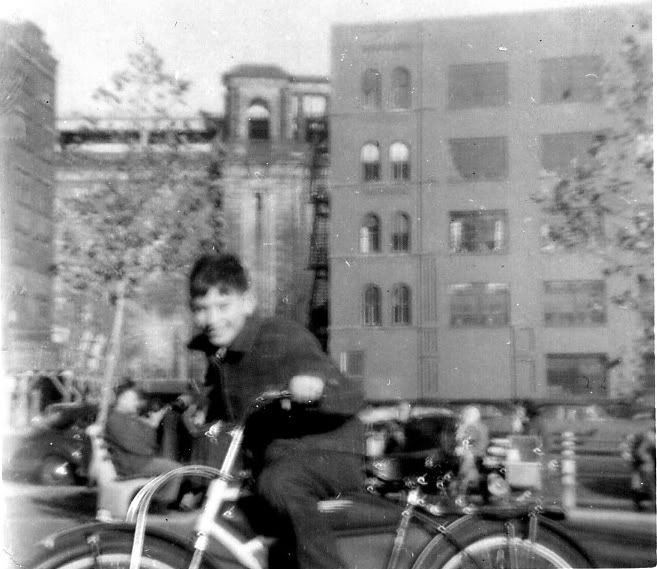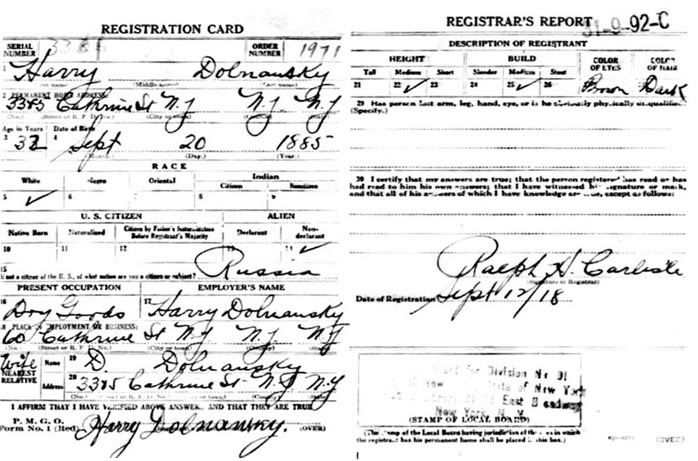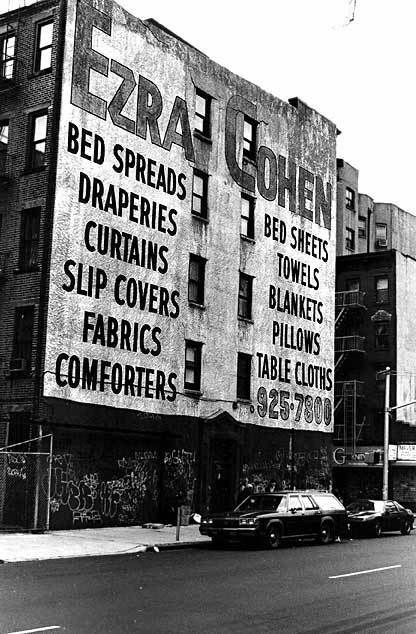from the youtube description
From the TV concert Ella Fitzgerald Sings: 'That Old Black Magic'. This is the final part of a 50 minute TV concert by Ella Fitzgerald, one of the world's greatest jazz singers, from TV Centre in London on 8 May 1965. She sings holding a chiffon scarf, and is accompanied by The Johnnie Spence Orchestra, with Tubby Hayes on sax, and The Tommy Flanagan Trio.
That old black magic has me in its spell, that old black magic that you weave so well.
Those icy fingers up and down my spine
That same old witchcraft when your eyes meet mine.
The same old tingle that I feel inside, and then that elevator starts its ride
And down and down I go, round and round I go, like a leaf that's caught in the tide.
I should stay away, but what can I do?
I hear your name and I'm aflame
Aflame with such a burning desire that only your kiss can put out the fire.
For you're the lover I have waited for, the mate that fate had me created for.
And every time your lips meet mine, darling, down and down I go, round and round I go
In a spin, loving the spin I'm in, under that old black magic called love.







































